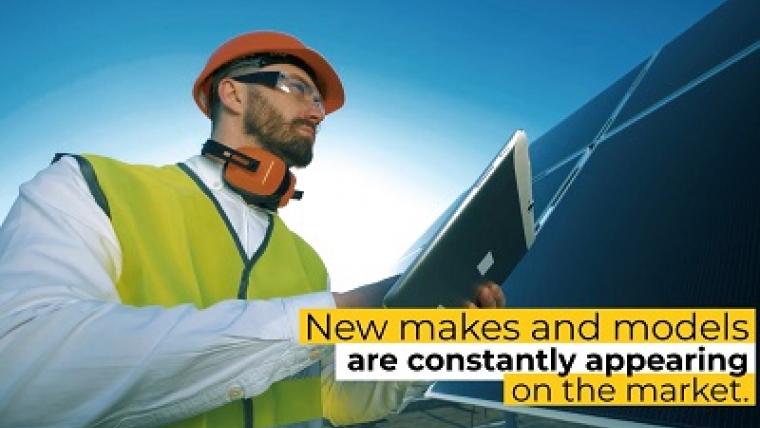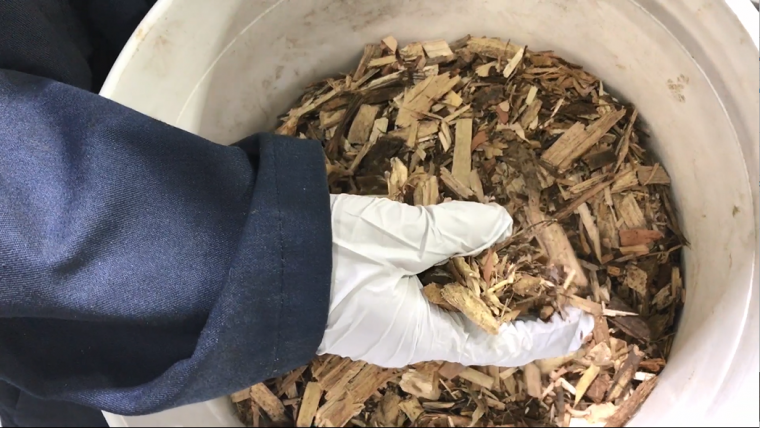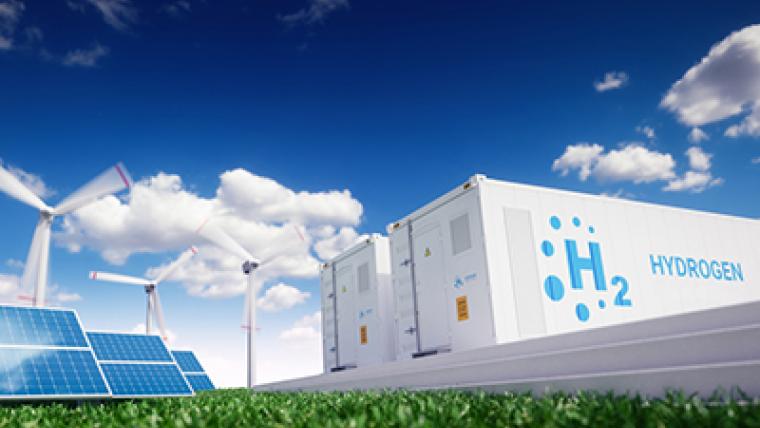Pipelines - now and then
Over the last 20 years, the pipeline industry has gone from a little-noticed utility to front-page news and a proxy for the war against fossil fuels writ large.
John Foran, recently retired Director of the Pipeline, Gas and LNG Division at Natural Resources Canada, began working on pipeline issues in 1999 — a time when there was little public interest in them.
“The public didn’t care about pipelines and why would they? Pipelines are buried. You kind of know that pipelines are delivering natural gas to your house, but you never see them,” said Foran.
Learn more about pipelines in Canada:
http://www.nrcan.gc.ca/energy/infrastructure/13751
Listen to John Foran talk about pipelines on his April 2017 podcast:
http://www.nrcan.gc.ca/science/video/20314
Mackenzie Gas Project Starts Era of Change
The issue that first brought attention to the industry was the Mackenzie Gas Project and its excessively long regulatory process, which took about seven years.
The project was first proposed in the early 1970s and then was put on hold after a judicial inquiry and not resurrected until 2004.
By the time it was approved in 2011, huge deposits of shale gas had been discovered and the price of natural gas had fallen so much that the backers of the project, led by Imperial Oil, decided to hold off on making a final investment decision. To this day, no decision has been made.
Pipelines Enter the Spotlight in 2010
By 2016, with three major projects under review, pipelines had become the centre of passionate debate and high-profile demonstrations. What changed to bring them into the spotlight?
Foran points to three events in 2010:
- The Deepwater Horizon well blowout that spewed an estimated 210 million US gallons of oil into the Gulf of Mexico;
- Enbridge’s Line 6B pipeline rupture, in which approximately one million gallons of oil spilled into Michigan’s Kalamazoo River; and
- TransCanada’s Keystone XL application for the 1,900-kilometre pipeline between Alberta and Nebraska that became an environmental watershed.
Prior to 2010, awareness had been growing in the environmental movement that fossil fuels were a cause of climate change, but the Deepwater Horizon incident accelerated the polarization between the oil and gas industry and the environmentalists. And the Keystone XL application became a flashpoint for media, environmental groups and celebrities, making it a lightening rod for the division between the environmentalists and industry.
Then and Now
Asked to cite the best example of the change between then and now, Foran mentions the hearings for Trans Mountain’s Anchor Loop project in 2006, which was an expansion through Jasper National Park that was completed in 2008.
“There were only about ten intervenors at the hearing. The public was completely unconcerned, and the hearing got minimal media attention. It was approved, constructed and is now in operation. It had zero public profile, whereas last year, pipelines were chosen as the media story of the year [by Canadian Press].”
Where We Stand Now
Looking back, Foran said that a lot has changed in the last seven or eight years, highlighted by the controversy and extensive media coverage that the proposed Keystone XL, Northern Gateway and Energy East projects generated.
Now, with the recently approved Trans Mountain Expansion and Line 3 Replacement projects in Canada and Keystone XL in the U.S. about to begin construction, individuals and groups are expected to continue to raise their concerns.
But Foran noted one other change during his tenure: while there may be more public protests now, there are considerably fewer oil spills than when he started, particularly for federally regulated pipelines. When asked if the Pipeline Safety Act, which was brought into force last year, was needed, he said that any action that reinforces a culture that focuses on safety is necessary.
Learn more about the Pipeline Safety Act:
http://www.nrcan.gc.ca/energy/infrastructure/18858
Page details
- Date modified:


